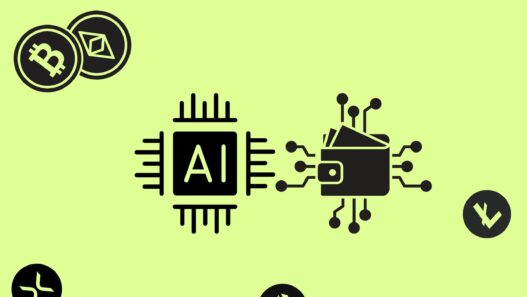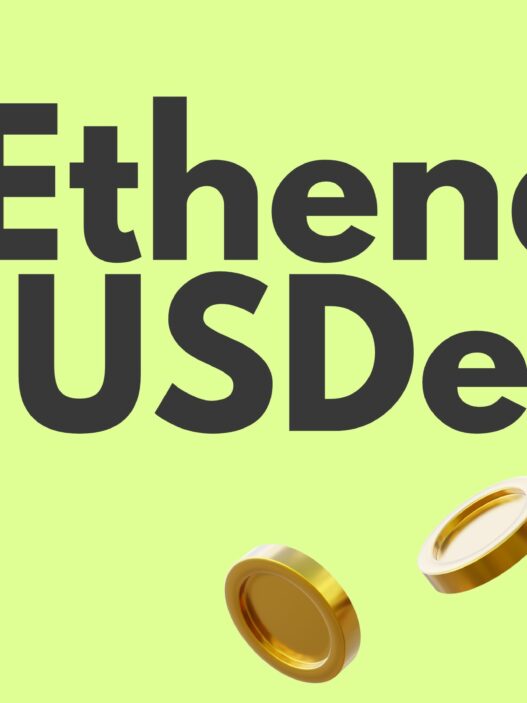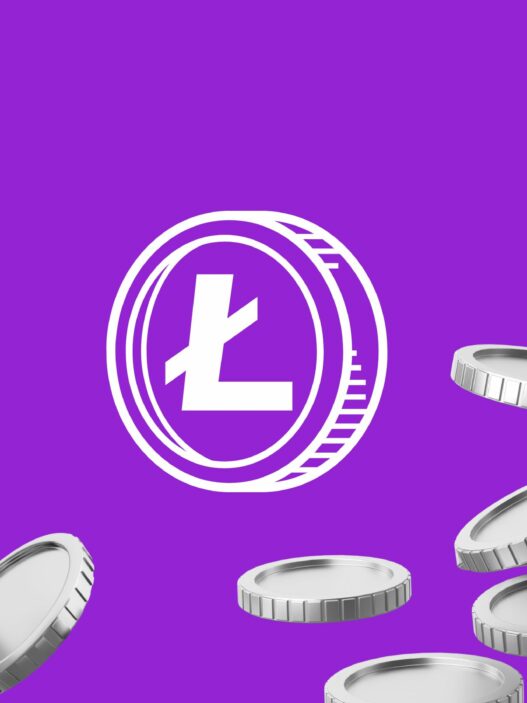Blockchain technology relies on consensus mechanisms to validate transactions and maintain security. Two of the most widely used consensus mechanisms are Proof of Work (PoW) and Proof of Stake (PoS). While both aim to ensure the integrity of a blockchain network, they differ significantly in their approach, efficiency, and impact. This article explores how PoW and PoS work, their advantages and disadvantages, and real-world examples of their implementation.
Cryptocurrencies use two main ways to check transactions and create new coins: “proof of work” and “proof of stake.” To ensure the integrity of their ledgers, cryptocurrencies employ consensus mechanisms, primarily “proof of work” and “proof of stake.” These mechanisms verify transactions, append them to the blockchain, and facilitate the creation of new tokens. “Proof of work,” pioneered by Bitcoin, involves miners solving complex computational problems. Conversely, “proof of stake,” implemented by platforms like Cardano and the upgraded Ethereum network, depends on users staking their existing tokens.
What is Proof of Work (PoW)?
Proof of Work is the original consensus mechanism, first introduced with Bitcoin in 2009. It requires participants, known as miners, to solve complex mathematical puzzles to validate transactions and add new blocks to the blockchain.
How PoW Works:
- Transaction Validation: When a transaction occurs, it is grouped with others into a block.
- Solving the Puzzle: Miners compete to solve a cryptographic puzzle (hash function) using computational power.
- Block Verification: The first miner to solve the puzzle broadcasts the solution to the network.
- Consensus & Block Addition: Other nodes verify the solution, and if valid, the block is added to the blockchain.
- Reward System: The winning miner receives newly minted cryptocurrency as a reward.
Example:
Bitcoin, the first and most well-known cryptocurrency, relies on PoW, where miners use high-powered ASIC devices to solve complex puzzles and earn rewards. Ethereum initially used PoW but transitioned to PoS with Ethereum 2.0 to improve scalability and reduce energy consumption. Bitcoin continues to use PoW, maintaining strong security but facing criticism for its high energy usage. Bitcoin miners use powerful computers (ASICs) to solve cryptographic puzzles and earn block rewards.
Advantages and Disadvantages of PoW
Advantages:
- High security due to the difficulty of altering the blockchain.
- Decentralization is maintained since anyone can participate as a miner.
Disadvantages:
- High energy consumption, as mining requires vast computational resources.
- Expensive mining equipment creates barriers to entry.
- Slower transaction speeds compared to PoS.
From its inception, Ethereum’s developers knew that proof of work would not scale effectively. The rapid adoption of DeFi on the network proved this, necessitating a shift to address the resulting high transaction costs. Unlike Bitcoin, which primarily records simple transactions, Ethereum’s blockchain is designed to manage a diverse ecosystem. This includes intricate DeFi operations, stablecoin management, NFT minting and trading, and a platform for future decentralized applications. To manage this complexity and improve scalability, Ethereum launched ETH2, a significant upgrade that transitioned the network to proof-of-stake. This transition, completed in 2022, was intended to enhance speed, reduce resource consumption, and lower transaction costs. This approach is also favored by other cryptocurrencies such as Cardano, Tezos, and Atmos, all focused on improving performance and reducing fees.
What is Proof of Stake (PoS)?
Proof of Stake is a more energy-efficient alternative to PoW, designed to address its shortcomings. Instead of miners solving puzzles, PoS relies on validators who are chosen to create new blocks based on the number of coins they hold and are willing to “stake” as collateral.
How PoS Works:
- Staking Coins: Participants lock up a certain amount of cryptocurrency as a stake.
- Validator Selection: The network selects a validator based on the amount of crypto staked and other factors like the duration of staking.
- Block Verification: The chosen validator verifies transactions and creates a new block.
- Consensus & Block Addition: Other validators confirm the accuracy of the new block before it is added to the blockchain.
- Reward System: Validators earn transaction fees or staking rewards.
Example:
Ethereum 2.0 is a prime example of PoS adoption, significantly reducing energy consumption compared to its previous PoW model. Validators stake ETH to participate in the network, eliminating the need for mining. Unlike Bitcoin, which requires expensive mining hardware, Ethereum 2.0 enables more participants to contribute with just a computer and staked assets, making it more energy-efficient and scalable.
Advantages and Disadvantages of PoS
Advantages:
- Drastically reduces energy consumption compared to PoW.
- Faster transaction times and increased scalability.
- No need for expensive mining equipment.
Disadvantages:
- Wealthier participants with more coins have a higher chance of being selected as validators, raising centralization concerns.
- Some PoS models may be more vulnerable to certain attacks compared to PoW.
Key Differences Between PoW and PoS
| Feature | Proof of Work (PoW) | Proof of Stake (PoS) |
| Energy Consumption | High | Low |
| Security | Very High | High |
| Transaction Speed | Slower | Faster |
| Hardware Requirement | Specialized mining equipment | No special hardware required |
| Decentralization | High, but mining pools can create centralization | Can be centralized by wealthier participants |
Both Proof of Work and Proof of Stake have their strengths and weaknesses. PoW provides robust security but is resource-intensive, while PoS offers efficiency and speed but can lead to centralization issues. As blockchain technology evolves, more hybrid models and innovative consensus mechanisms may emerge to balance security, efficiency, and decentralization.
Whether you’re an investor, developer, or enthusiast, understanding these consensus mechanisms is crucial for navigating the future of blockchain technology.
For the curious out there, here are the original papers on both mechanisms:






















